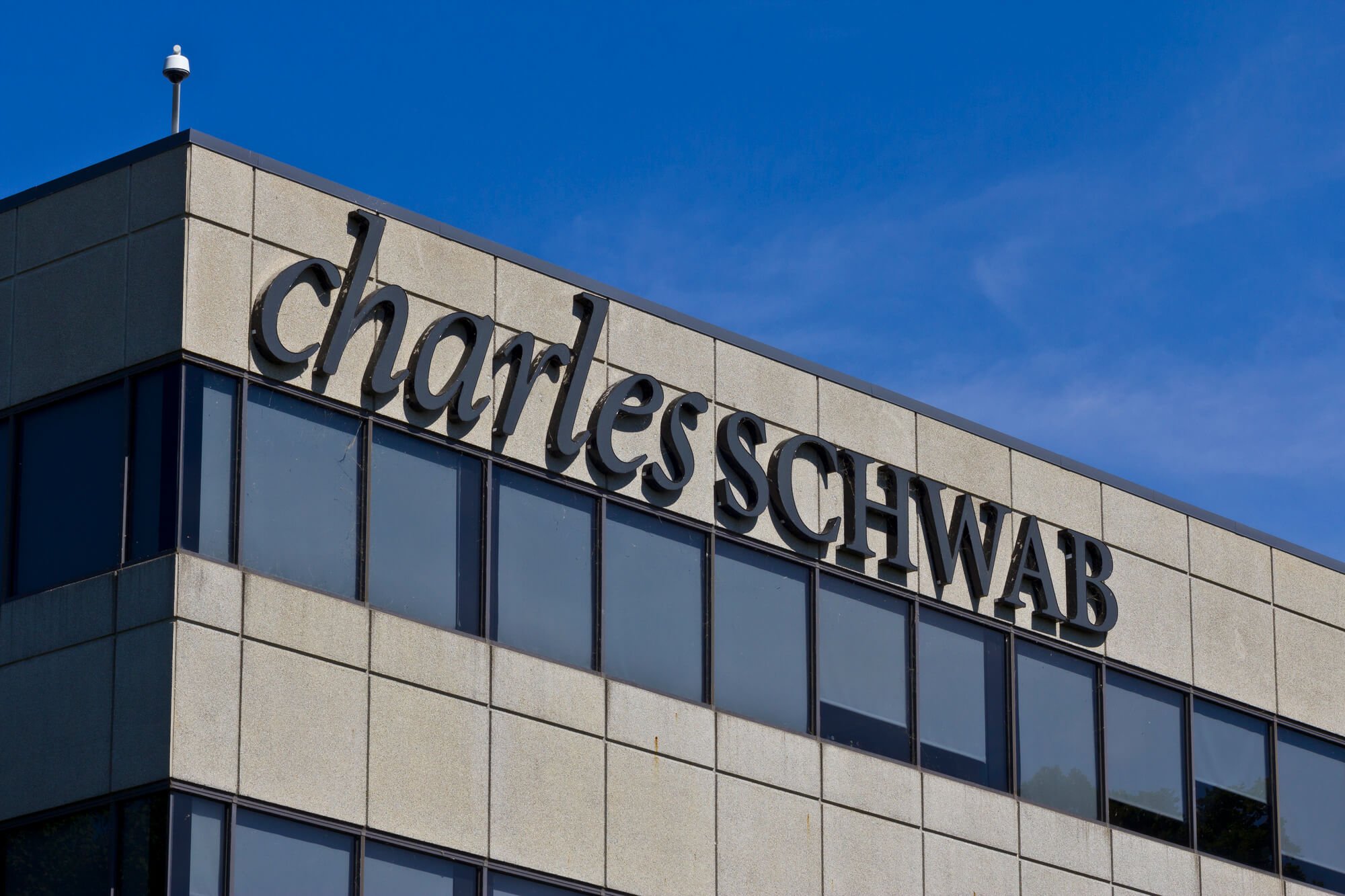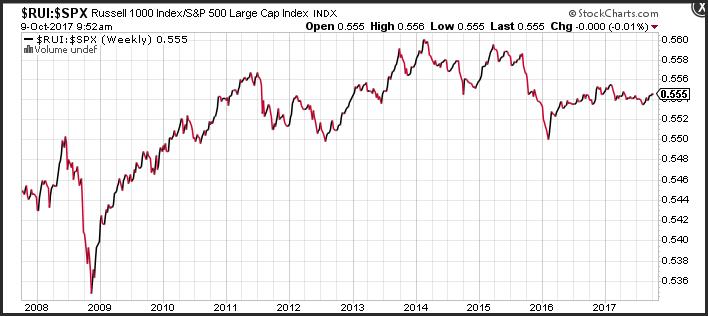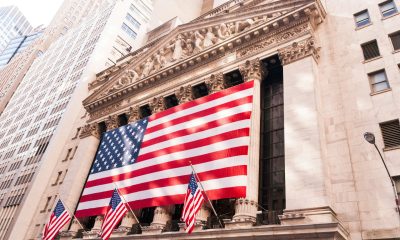Sponsored
Competition for equity volume hits ETF expenses
The Charles Schwab Corporation has launched a new exchange-traded fund, which traders can first avail through the company’s commission-free ETF program.

Stocks markets around the globe are hitting fresh all-time highs, ahead of earnings season, as low-interest rates and further deregulation are lifting investor sentiment. Volume is picking up as more investors jump into stocks to catch the upward momentum. This has prompted a move to a lower cost structure to trade the markets, which is forcing brokers to reduce expenses on traders to attract additional volume.
Recently discount U.S. equity broke Charles Schwab revealed a new exchange traded fund (ETF) that is geared toward taking business away from some of its rivals including Vanguard, and Blackrock, two giants in the ETF space. Schwab is releasing an ETF that continues to lower the expense ratio on ETFs. While Schwab offers ETF that provides exposure to forex they are not considered a forex broker.
The Schwab 1000 Index ETF provides risk on the 1,000 largest public companies in the United States, with a very low expense ratio, allowing active traders to take advantage of a low-cost liquid trading product. The Schwab 1000 index ETF has an expense ratio of 5-basis points, which is equivalent to 0.05% of the notional quantity traded. The ETF will begin trading on October 11, 2017. The company also announced that the ETF will be initially available through its commission-free ETF option, which offers more than 200 ETFs that are commission free when transacting.
The race to the bottom
Schwab reported that the expense ratio on the new Schwab 1000 ETF is approximately 33% less expensive than other ETFs that track a similar index. Reviews of the ETF reveal that the expense ratio is lower than similar exchange traded funds including the BlackRock Russell 100 ETF and the Vanguard Russell 1000 ETF
Standard operating procedures
Schwab has used this technique before and had success in undercutting its rivals especially when it pertains to expenses. As a discount broker their strategy is aimed at taking market share with a low-cost structure, which will allow the ETF to experience enhanced liquidity allowing it to be used by investors who want to buy and hold as well as to activity traders who are looking for quick sharp moves in the largest 1,000 U.S. stocks. Additionally, a low-cost ETF will also be attractive to hedge fund managers who are looking to use the index to hedge against adverse movements in the broader markets.
Playing catch up
The top 1,000 U.S. domestic stocks are a good choice for Schwab if the dollar is strong and the U.S. domestic economy starts to accelerate. Small cap stocks generally lead markets higher, but as stock prices in the U.S. hit fresh all-time highs, it appears that the large cap stocks have lead the markets higher.

The chart of the Russell 1000 divided by the S&P 500 index shows that the ratio is in the middle of the 7-year range, and has plenty of upsides if the U.S. domestic economy begins to accelerate. Additionally, a stronger dollar helps smaller companies as they can be more competitive on the global stage as their prices become more competitive as other currencies become stronger.

-

 Crypto2 weeks ago
Crypto2 weeks agoBitMine Surpasses 4 Million ETH Holdings Amid Market Volatility
-

 Biotech3 days ago
Biotech3 days agoMedical Research in 2025: A Turning Point for Precision and Personalized Medicine
-

 Markets2 weeks ago
Markets2 weeks agoDow Jones Strength Faces Risk From a Potential Yen Carry Trade Unwind
-

 Impact Investing1 week ago
Impact Investing1 week agoChristmas Plastic Waste and the Path to Circular, Low-Emission Solutions


























You must be logged in to post a comment Login